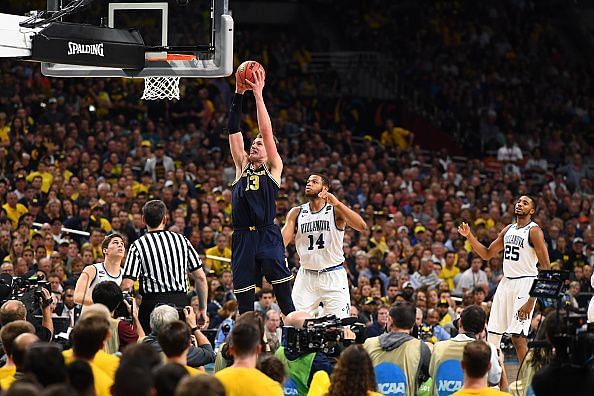
Show Me The Money: Just Why Do US College Athletes Remain Unpaid Despite League Body Generating Billions?

In the 21st century, various sports have been revolutionized through the many advancements in technology. Part of this revolution is the enhanced broadcasting of sports (even at the collegiate and high school levels).
As a result, more and more up-and-coming student-athletes are gaining traction through the kinds of exposure that only social media, newspapers and television coverage can offer. There is an ongoing discussion pertaining to whether or not collegiate athletes are getting a raw deal.
It is common knowledge that ideally, students are in learning institutions to gain a valuable education that will chart a course for their respective career paths. So as student-athletes, their sporting ambitions play a secondary role to their academic obligations.
Profitable sports industry
However, on the other hand, the sports marketing industry has over the years been highly profitable. According to figures compiled by Statista, the global sports market generated about $91 billion as of 2017.
That figure has been rising tremendously since 2005, when it was about $46 billion. Amazingly, the bulk of this $500 billion industry is centered on the lucrative media rights deals signed by the various sports conferences and leagues.
For instance, in North American college sports, billions of dollars are generated each year from broadcasting rights. However, there are no proper channels for a trickle-down effect to one of the most important stakeholders, the players.
The National Collegiate Athletic Association made $1.06 billion in 2017 according to Fox Business. The revenue was drawn majorly from television deals with CBS and Turner as part of their $8.8 billion mega deal that runs until 2032 signed in 2016. This was an extension of an initial 14-year $10.8 billion deal signed in 2010 that was scheduled to run up to 2024.